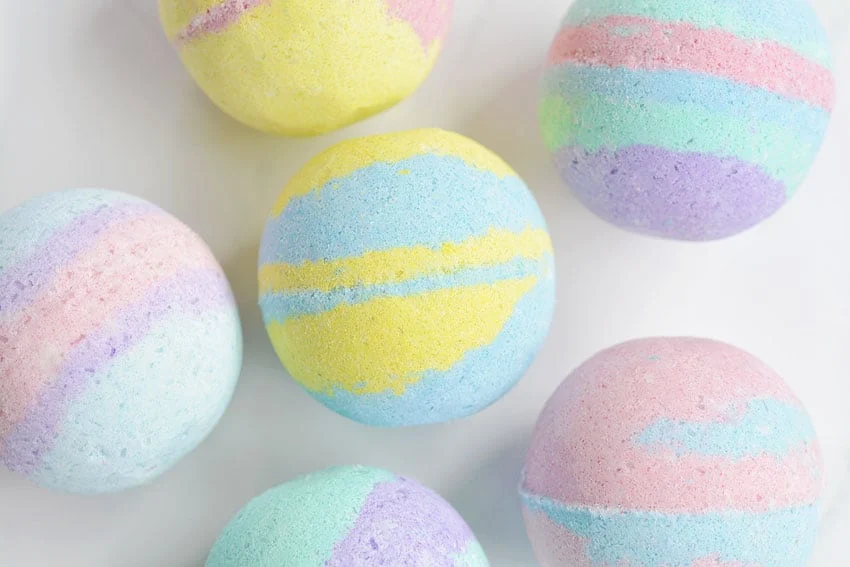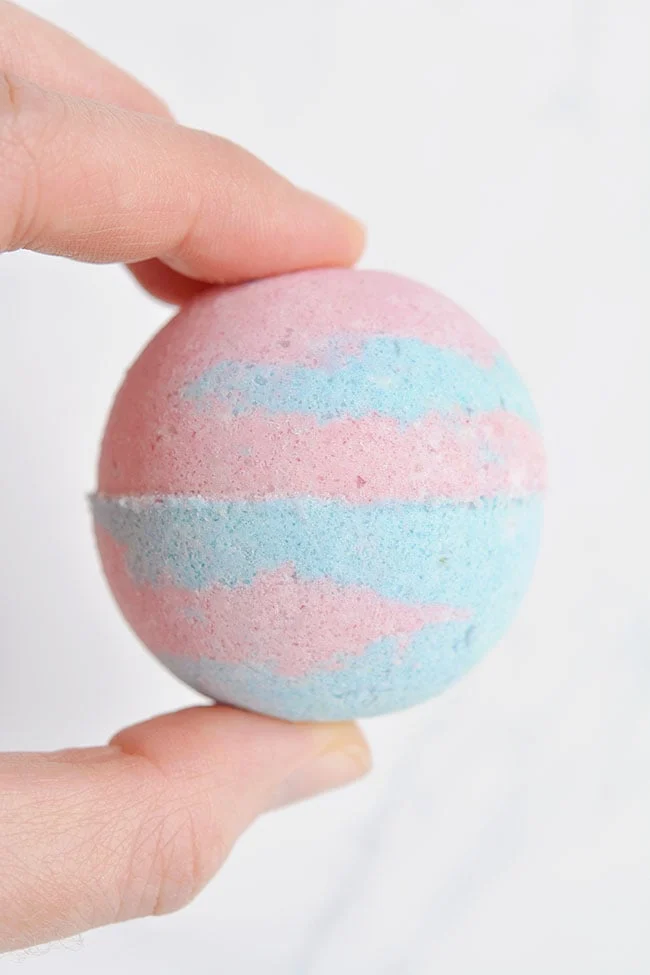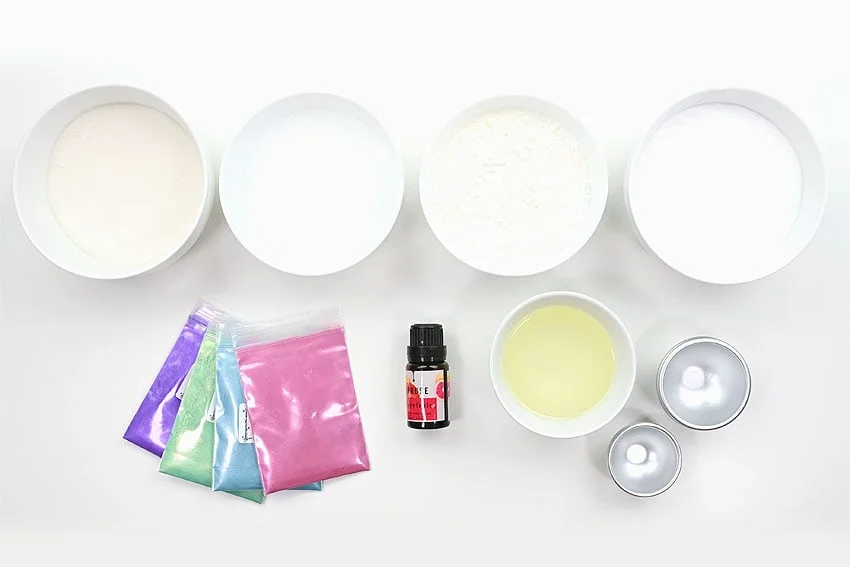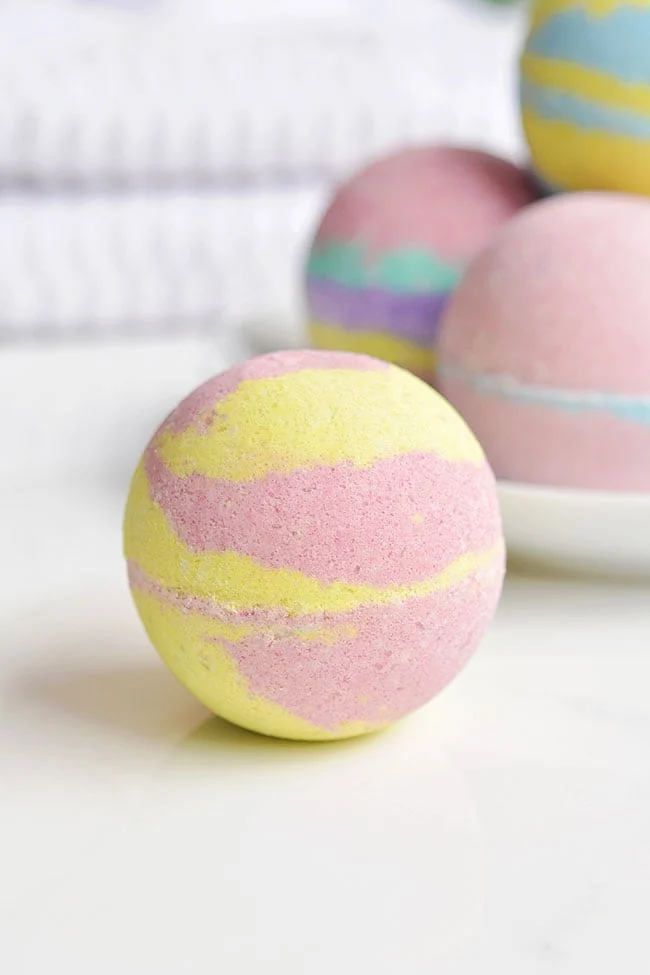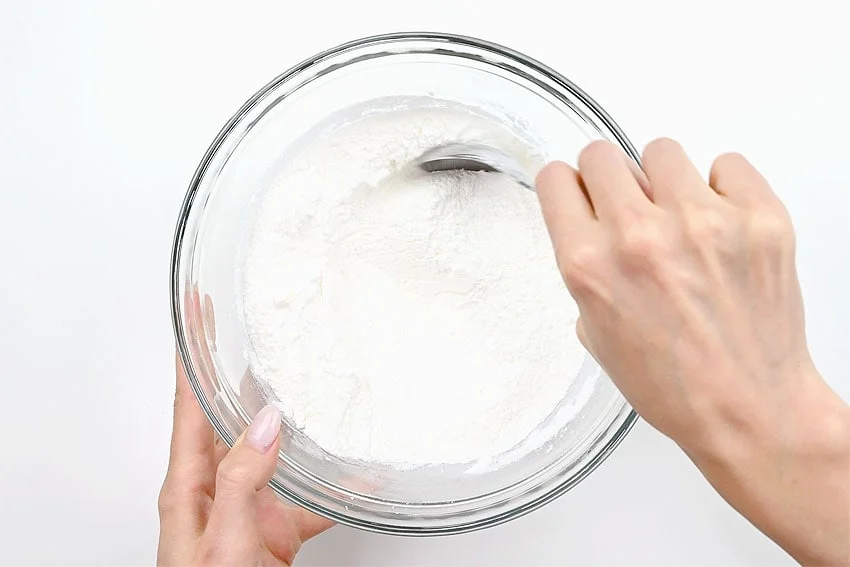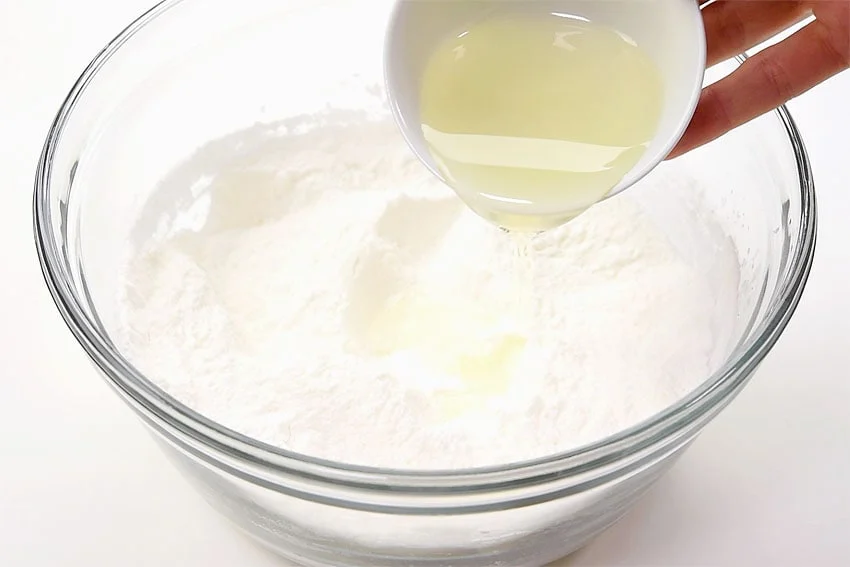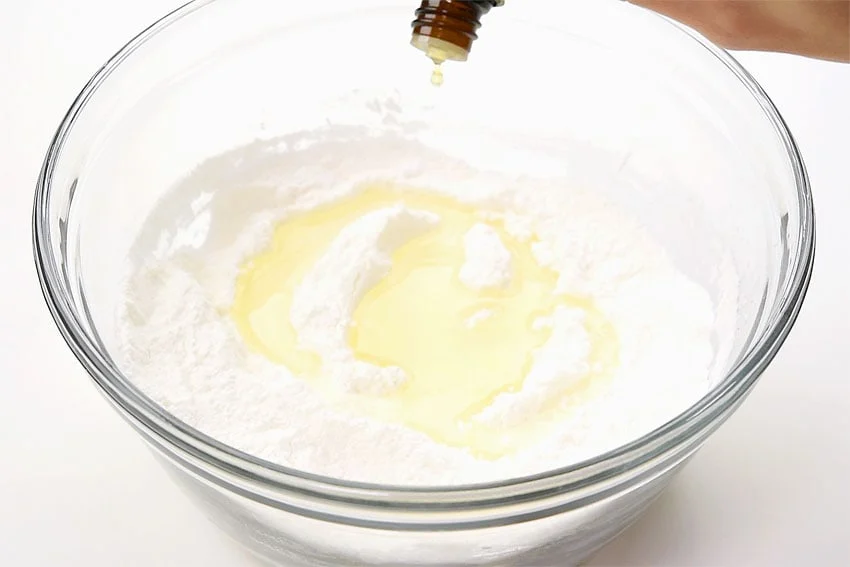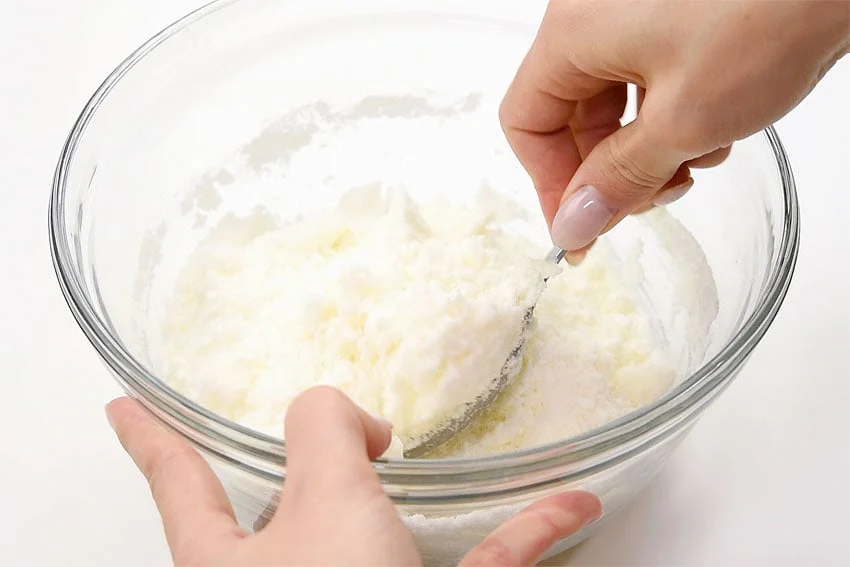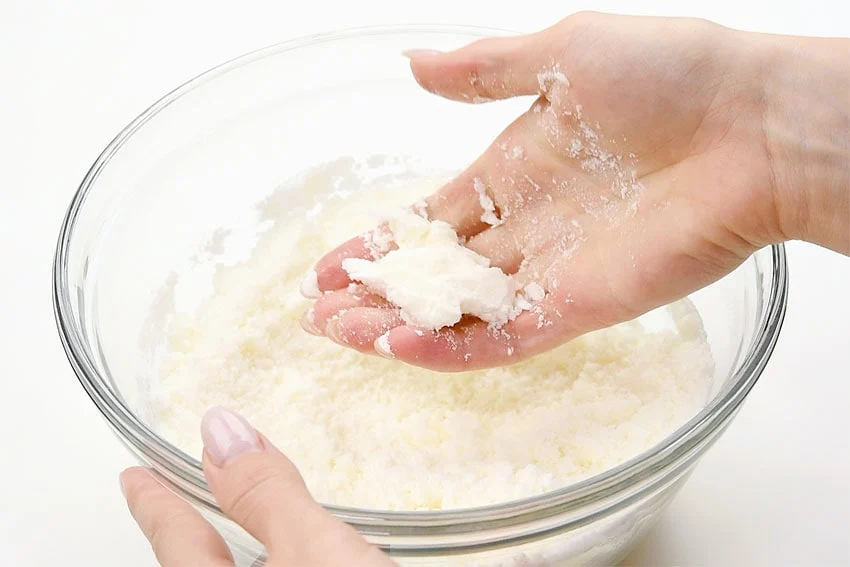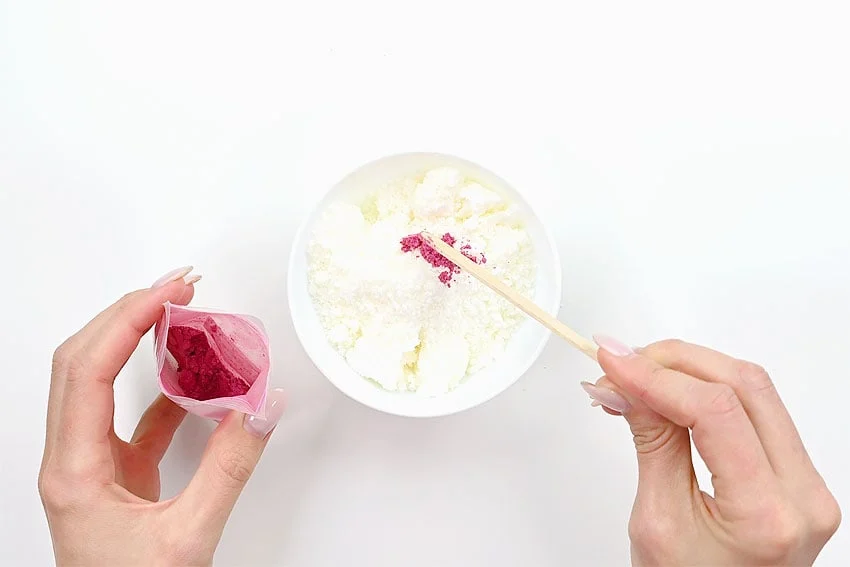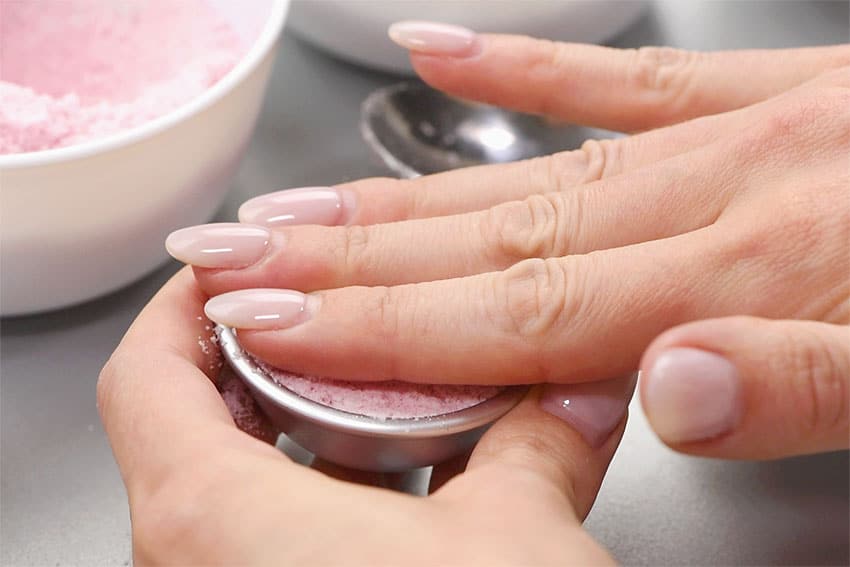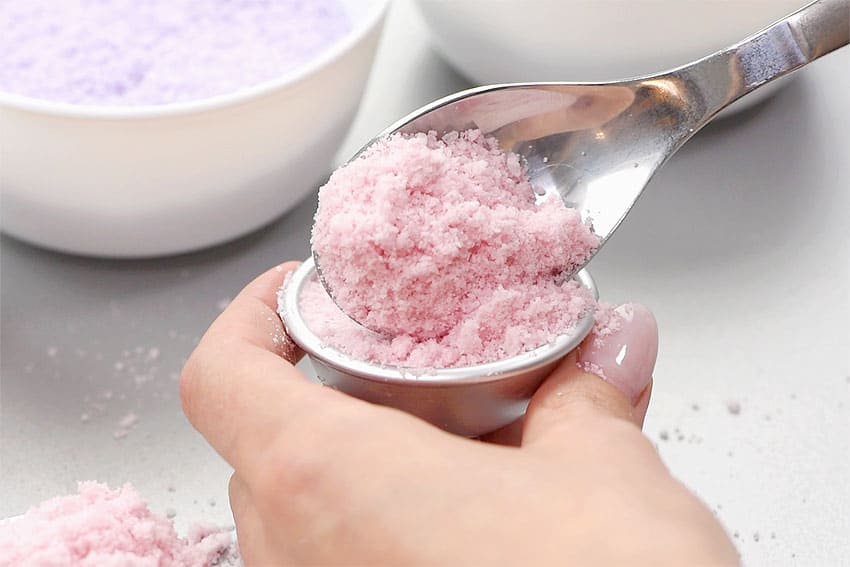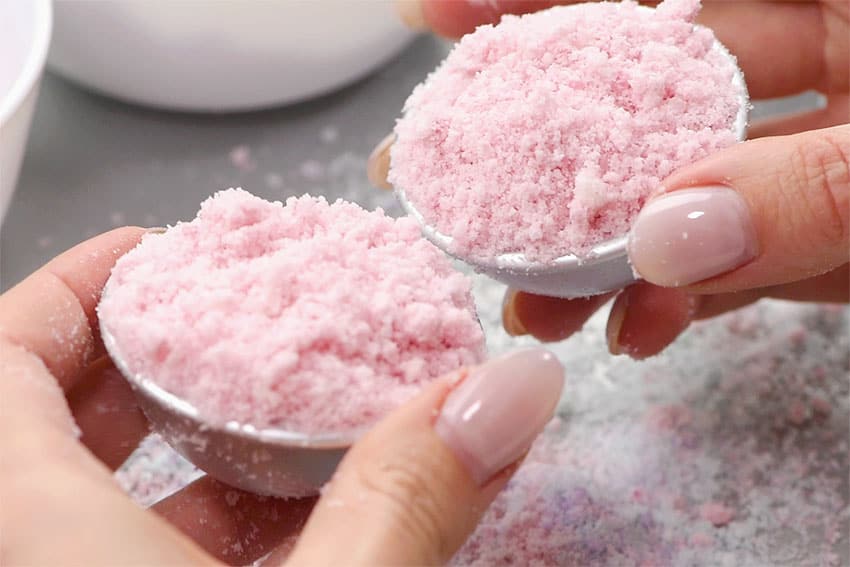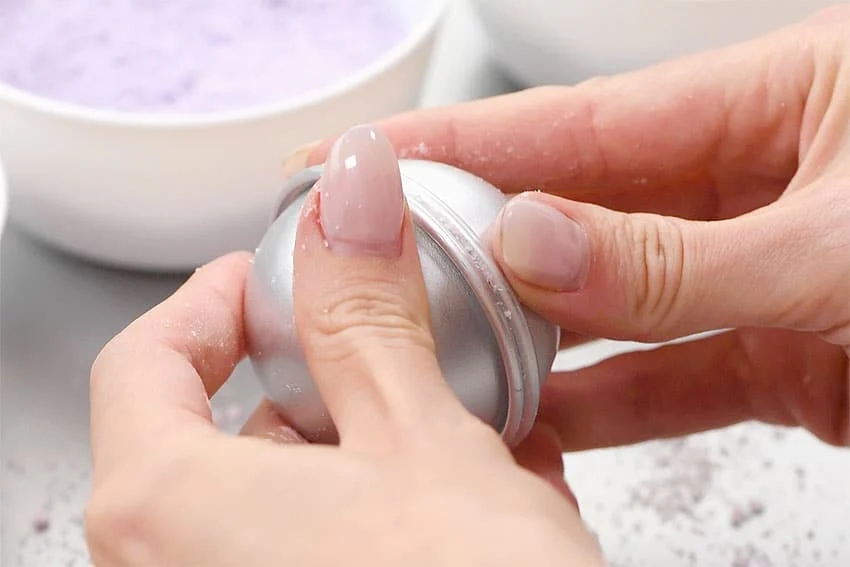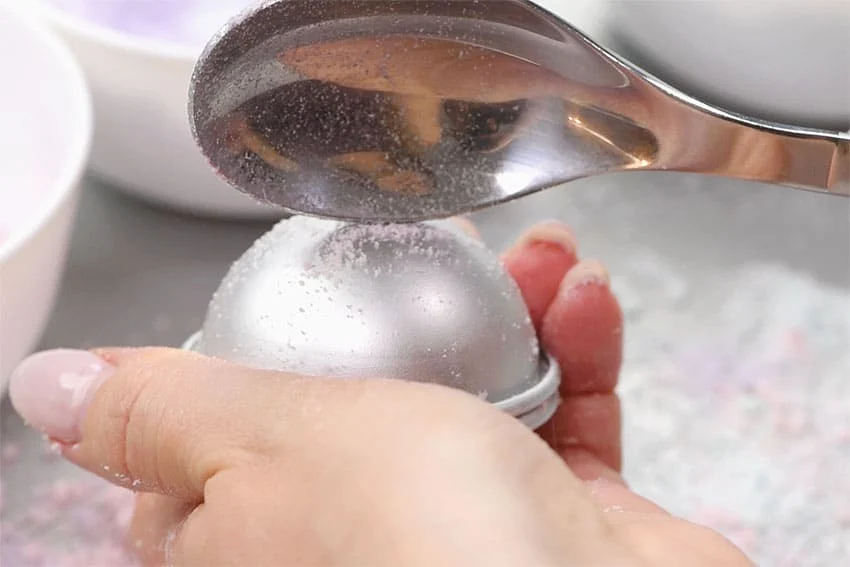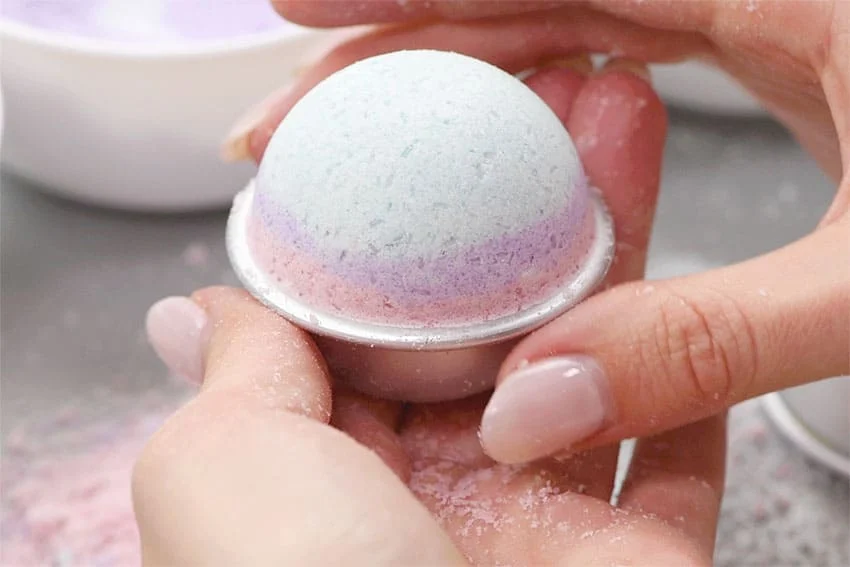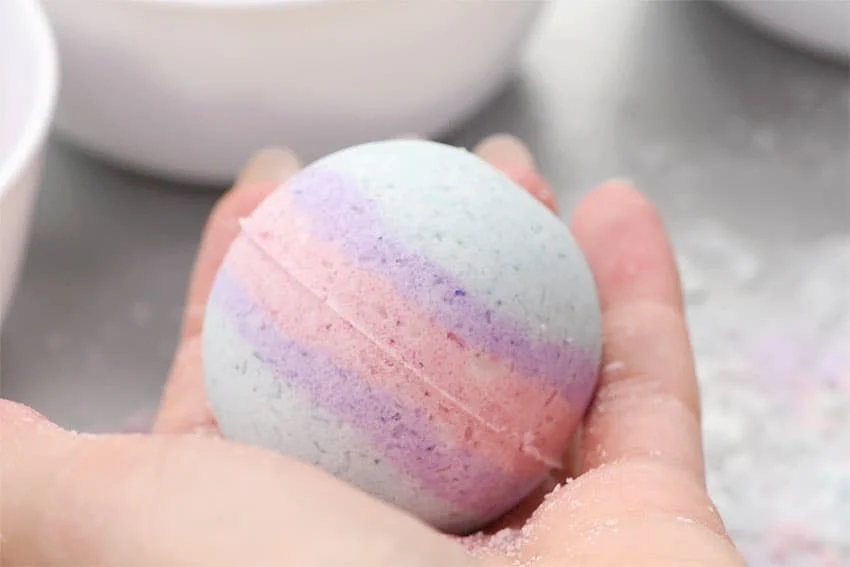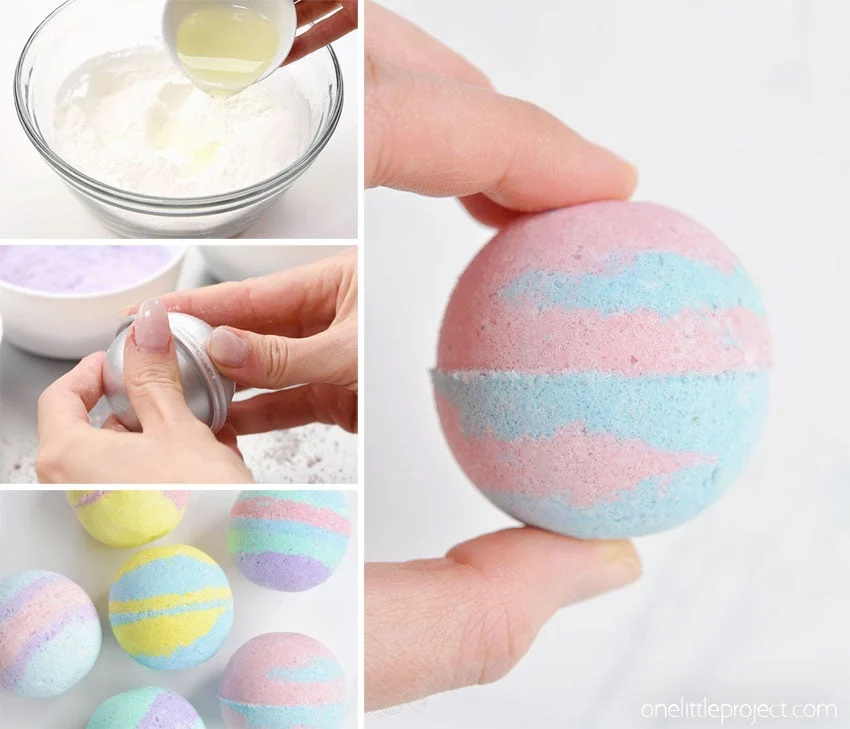Simple DIY Lemon & Lavender Linen Spray with Essential Oils: Keep Your Home Fresh with This Natural Freshener for Sheets, Towels, and More
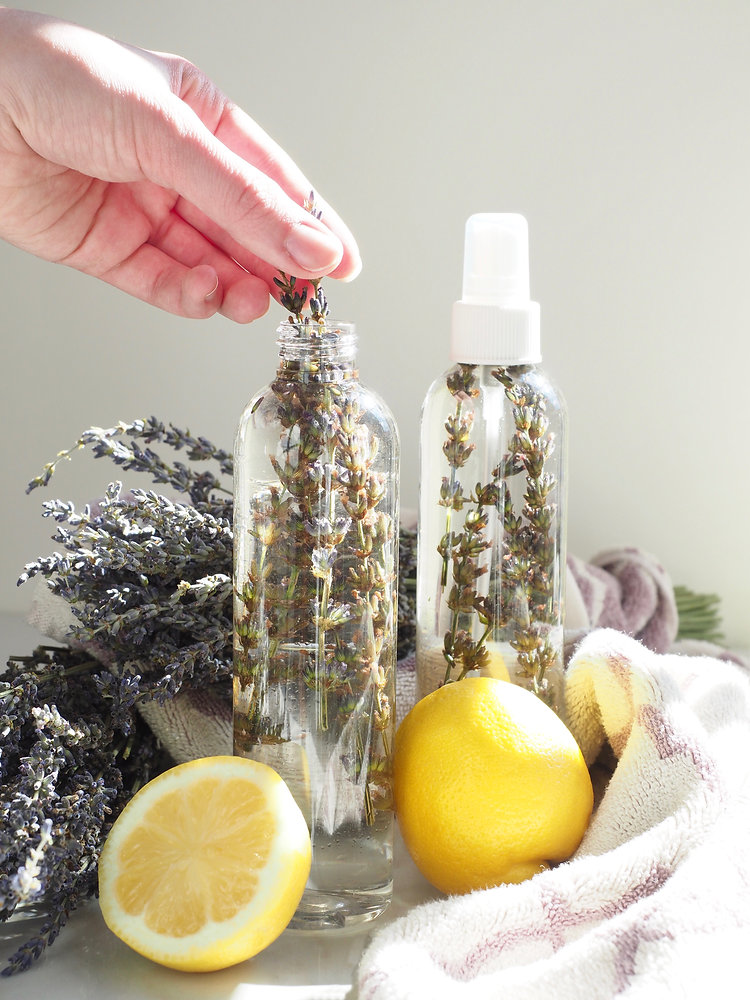
DIY Lemon Lavender Linen Spray
Linen spray is a great way to refresh your linens and more between washes. This DIY Lemon and Lavender Linen Spray combines the relaxing properties of lavender with the refreshing scent of lemon. Just spray it onto your linens and enjoy the uplifting and soothing aromas.
Perfect for freshening towels, sheets, bathrooms, and virtually any space in your home, this homemade spray is a natural way to keep things smelling fresh.
How to Make Homemade Air Freshener
This DIY Lemon and Lavender Linen Spray is quick and simple to make with just a few ingredients. It will leave your towels and sheets smelling fresh and clean, and can also double as an all-natural air freshener for your home.
Essential Oils Natural Room Spray Recipe
I love using essential oils to create homemade, natural air fresheners, linen sprays, soaps, and more. Making a safe, chemical-free linen spray with pure essential oils is simple, and the best part is that you’re creating a healthier environment in your home that you can feel good about.
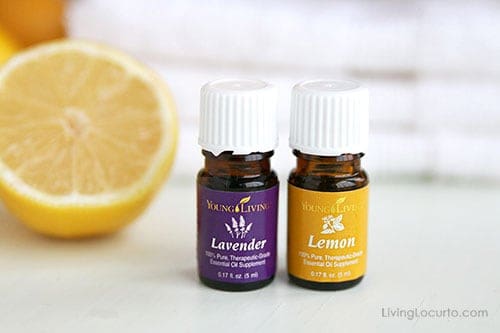
DO LEMON AND LAVENDER SMELL GOOD TOGETHER?
Lemon and Lavender make the perfect combination! While you can use any essential oils you prefer, I personally love the blend of these two. For a homemade linen spray, I choose scents that are both soothing and refreshing. Lemon’s bright, citrusy aroma pairs beautifully with the calming and floral scent of lavender, creating a perfectly balanced fragrance.
WHAT ARE THE BENEFITS OF LEMON AND LAVENDER?
Lemon and lavender essential oils offer a range of benefits, making them perfect for a homemade linen spray. By using these oils, you can confidently create a chemical-free environment in your home.
Lemon acts as a natural DIY cleaner with its fresh, clean scent that helps lift your mood and invigorate your senses. On the other hand, lavender oil is known for its calming and soothing properties, making it one of the most popular essential oils for reducing stress and promoting relaxation. Together, they create a refreshing and therapeutic blend for your linens and home.
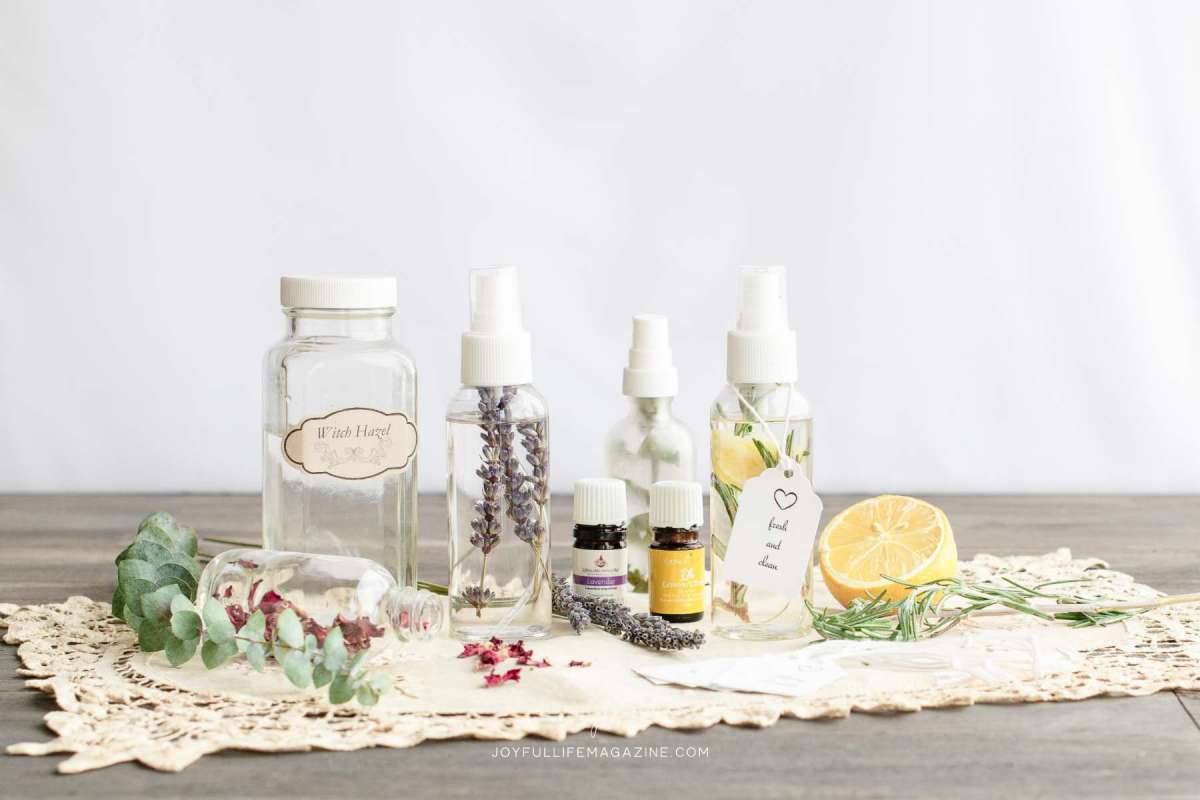
HOW DO I MAKE HOMEMADE LINEN SPRAY?
What you’ll need:
- 30 Drops of Essential Oils … (Lemon & Lavender)
- 3 oz. Rubbing Alcohol or non-flavored Vodka
- 1.5 cups Distilled Water
- Spray Bottle
- Funnel (or mix in a glass measuring cup for easy pouring)
Directions:
- Mix 30 drops of essential oils (15 drops of lemon oil and 15 drops of lavender oil) with 3 oz. of rubbing alcohol or vodka in a glass (either will work).
- Add 1.5 cups of distilled water to the mixture.
- Pour the mixture into a spray bottle.
- Shake the bottle before each use.
Enjoy your homemade linen spray!
HOW DO I USE HOMEMADE LINEN SPRAY?
This homemade linen spray is so versatile and can be used on much more than just linens! I recently used it on some stinky wicker baskets, and the odor disappeared immediately—such a win!
Here are some other great places to use it:
- Spray in your shower after use to leave a refreshing scent.
- To reduce bathroom odors, spray in the toilet before going number two!
- Freshen up furniture fabric, drapes, and pillows.
- Keep your car smelling fresh by spraying on floor mats and fabric seats.
- Spray your bathroom floor mat for a clean, fresh scent.
CONCLUSION
In conclusion, this DIY Lemon and Lavender Linen Spray is a simple, natural, and versatile way to freshen up your home. With just a few ingredients, you can create a chemical-free environment that smells delightful and refreshing. Whether you’re using it on linens, furniture, or even in your car, the soothing blend of lemon and lavender will leave everything smelling clean and calm. Enjoy the benefits of essential oils while keeping your home fresh and inviting!


